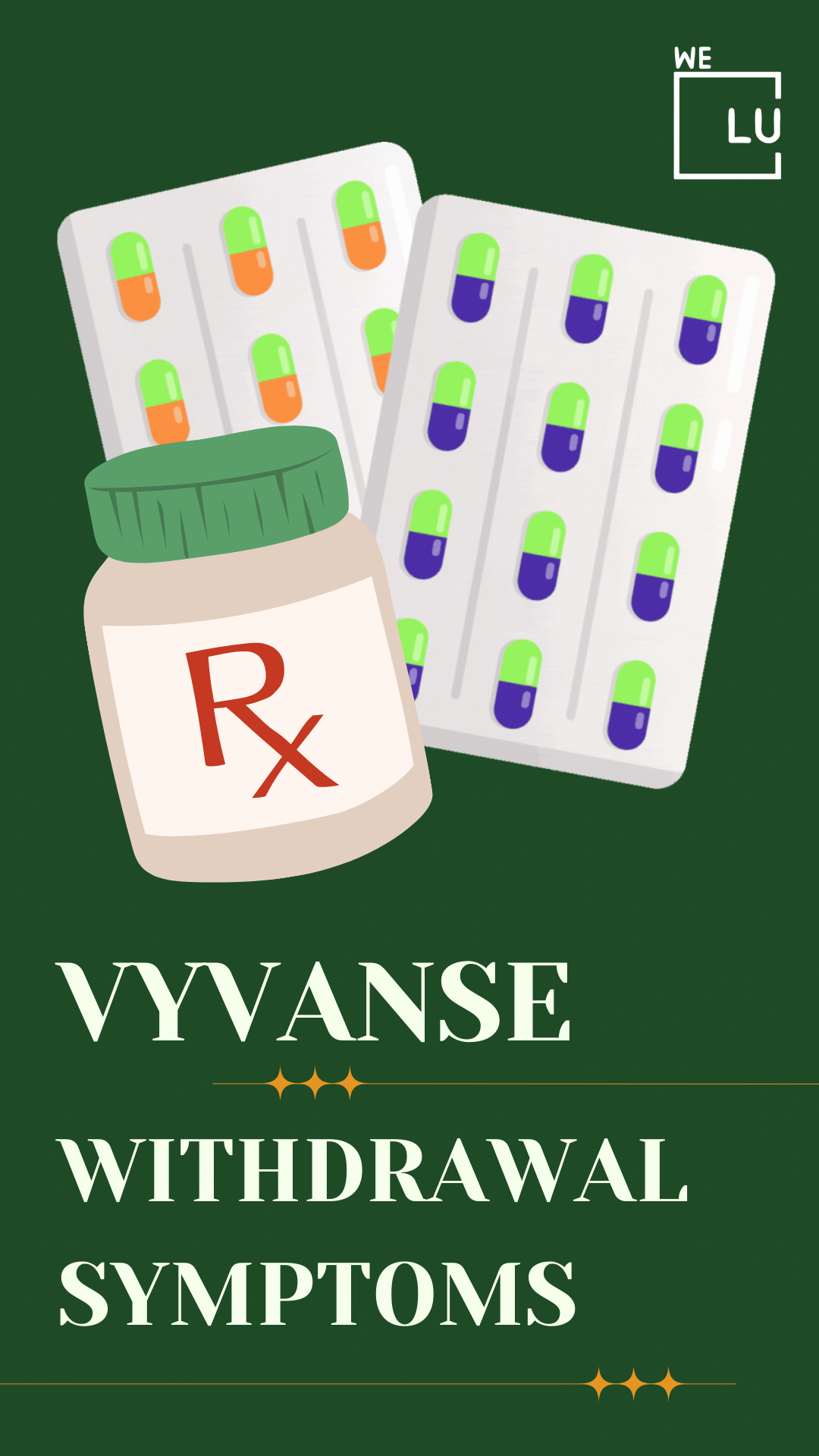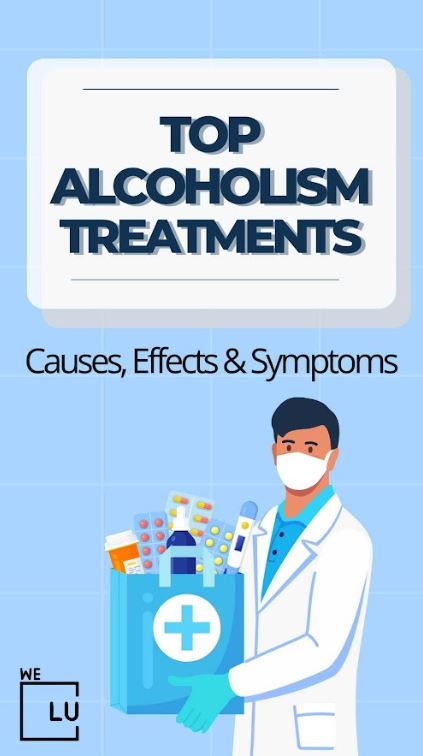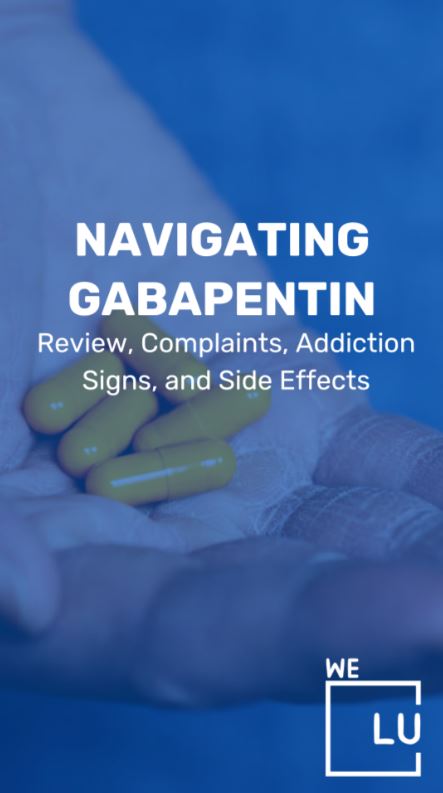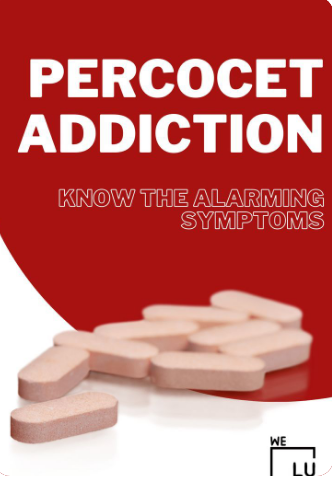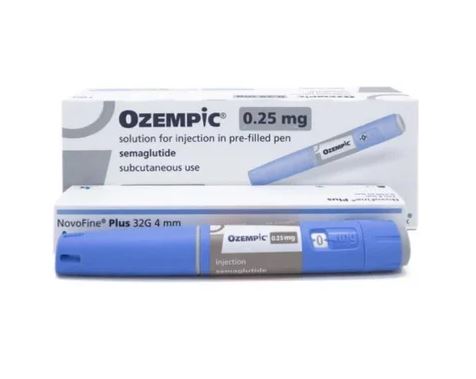What is Dilaudid?
Dilaudid (Hydromorphone) is a medication used to help relieve moderate to severe pain. According to the National Institute of Health (NIH) [1], hydromorphone belongs to a class of drugs known as opioid analgesics. It works in the brain to change how the body feels and responds to pain. Dilaudid operates similarly to morphine and heroin, but it is many times more potent than those drugs. Also called Exalgo, hydromorphone hydrochloride, and Hydrostat IR [2]
This medication is most often used for postoperative pain because it has an immediate onset of action and a relatively short half-life. Therefore, it works fast and does not stay in the system very long. It is only prescribed when other first-line of treatments have failed, because of its high potency, abuse potential, and drug overdose risk. Moreover, it can be prescribed off-label for refractory cough suppression.
According to the US Food and Drugs Administration (FDA) [3], Dilaudid has been reported as being abused by crushing, chewing, snorting, or injecting the dissolved product. These practices pose a significant risk to the abuser that could result in overdose or death. In addition, it may be expected to have additive effects when used in conjunction with alcohol, other opioids, or illicit drugs that cause central nervous system depression.
According to the National Center for Biotechnology Information (NCBI) [4], Dilaudid administration can be through intravenous, intramuscular, subcutaneous, or oral route, Intravenous, intramuscular, or subcutaneous: injected at a concentration up to 10 mg/ml. Patients can take it orally with or without food in the immediate or extended-release form. The latter cannot be chewed, crushed, or dissolved because it will void the immediate release of the formulation.
Immediate-release oral formulations have an onset of action at 15 to 30 minutes, peak at 30 to 60 minutes, and last 3 to 4 hours. Half-life is 2 to 3 hours. Extended-release formulations have an onset of action at 6 hours, peak at 9 hours, and last 13 hours. Half-life is approximately 11 hours but varies between 8 to 15 hours.
Physical Dependence on Dilaudid
Tolerance and withdrawal are the two main indications of physical drug dependence on Dilaudid. Tolerance happens when someone no longer responds to a drug in the way they did at first. So it takes a higher dose of the drug to achieve the same effect as when someone first used it. This is why individuals with substance use disorders use more and more of a drug to get the “high” they seek.
Many people who take a prescription medicine like Dilaudid every day over a long period of time can become dependent; when they go off the drug, they need to do it gradually, to avoid withdrawal discomfort. But people who are dependent on a drug or medicine aren’t necessarily addicted.
Unlike tolerance and dependence, addiction is a disease; but like tolerance and dependence, addiction can result from taking Dilaudid repeatedly. If an individual keeps using a drug and can’t stop, despite negative consequences from using the drug, they have an addiction to Dilaudid.
Dilaudid is one of the more powerful Synthetic Narcotics in the Opioid class of drugs. Thus, an addiction to this drug can quickly develop through continued use. In addition, people who regularly take Dilaudid build tolerance to the drug, requiring more frequent and larger doses to get the desired effects.
People who use this drug can develop a tolerance to it within two or three weeks. Once a tolerance takes effect, users often finish their prescription ahead of schedule. This is due to a regular dose no longer working the same way on the body as it once did and can result in physical dependence or addiction even if the person is taking the medication as prescribed.
Those with tolerance may experience withdrawal symptoms once the drug wears off. A person who wants to quit taking the drug but isn’t able to may have an addiction. Dilaudid detox from a trusted treatment facility can prevent these outcomes and provide immediate care if complications arise.
Dilaudid Abuse and Addiction
Hydromorphone, similar to another schedule II opioid, has a high abuse and dependence potential and produces tolerance. Prior to the current popularity of hydrocodone and oxycodone among drug abusers, low dose (2 and 4 mg) immediate-release hydromorphone formulations (such as Dilaudid) were the leading opioid products for diversion and abuse. Street names for Dilaudid are Juice, Dust, Dillies, Smack, D, and Footballs.
Opioid prescription drugs like Dilaudid act on the central nervous system (CNS), suppressing cough symptoms and pain sensations as well as lowering blood pressure, heart rate, and respiration levels. Opioid prescription drugs enhance calm and relaxation, and when abused, they can produce a euphoric “high.”
The main sources of hydromorphone diversion include forged prescriptions, “doctor-shoppers,” pharmacists and physicians, armed robberies, robberies of pharmacies and nursing homes. The 2016 National Survey on Drug Use and Health (NSDUH) reported that among the 2.5 million and 2.1 million individuals aged 12 and older who used hydromorphone products in 2015 and 2016, 261,000 and 239,000 misused the hydromorphone products within the same year [5].
Behavioral Symptoms of Dilaudid Abuse and Addiction
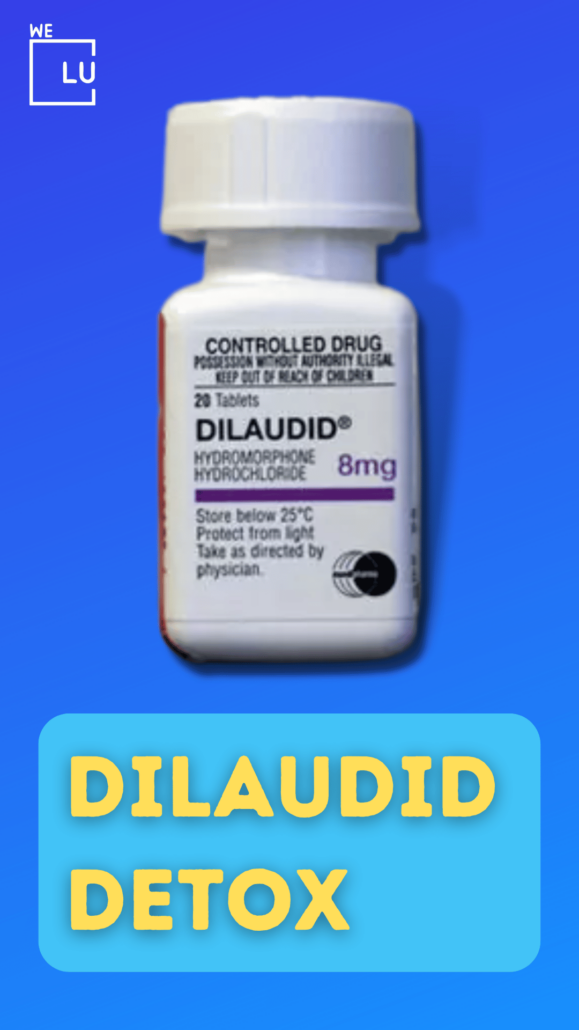
Skip To:
Learn more:
- Cocaine Detox
- Drug Abuse Information
- Effective Opioid Addiction Treatment Options, Signs, Symptoms, Risks & Help
- Substance Abuse Defined, Signs, Symptoms, Link to Mental Health
- Over the Counter Muscle Relaxer
- How Long Does Dilaudid Stay In Your System?
- Dilaudid Side Effects, Long-Term Effects, Interactions & Fact Sheet
- Dilaudid Addiction, Signs, Symptoms, & Treatment
- Lexapro Detox, Side Effects, Lexapro Withdrawal Symptoms, & Treatment
Once tolerance and dependence on Dilaudid occur, a person may start engaging in behaviors that indicate addiction.
These behaviors may include:
- Intense cravings for Dilaudid
- Tolerance to the drug
- Experiencing withdrawal without Dilaudid
- Taking increasing amounts of the drug
- Being unable to stop or lower hydromorphone dose
- Avoiding social situations to continue the use of Dilaudid
- Dilaudid use has a negative impact on responsibilities and health
- Continue abusing Dilaudid despite the negative impact
Ask Dr. Al: How To Overcome Dilaudid Withdrawal? A Patient Recovery Story
Overcoming Dilaudid withdrawal, a powerful opioid medication, can be a challenging and uncomfortable process. It’s crucial to seek professional medical guidance to ensure a safe and effective exit. Typically, healthcare providers will create a personalized tapering schedule to reduce the dosage and dependence on the drug gradually.
Medications may be prescribed to manage withdrawal symptoms, such as nausea, anxiety, and cravings. Emotional support, therapy, and counseling can also be valuable tools in addressing the psychological aspects of addiction. Additionally, maintaining a healthy lifestyle through proper nutrition, exercise, and a supportive network of friends and family can aid in the recovery process. Remember, overcoming Dilaudid withdrawal is a journey that requires dedication and patience, but with the proper support, it is possible to regain control of your life.
Dilaudid Detox Recovery Story Inspired By True Events
Dr. Al and the We Level Up Dilaudid detox team played a pivotal role in helping a patient, who we will call John Doe, recover from Dilaudid addiction, demonstrating the power of compassionate care and medical expertise. John Doe, struggling with the devastating grip of Dilaudid, initially approached Dr. Al and We Level Up for help. With a deep understanding of addiction and its complex nature, Dr. Al provided a tailored treatment plan that integrated both medication-assisted therapy and psychotherapy. He closely monitored John Doe’s progress, adjusting the treatment as needed to manage withdrawal symptoms and cravings.
Dr. Al and We Level Up’s unwavering support and nonjudgmental approach created a safe space for John Doe to share their struggles and fears. Through regular counseling sessions, John Doe gained insights into the root causes of their addiction and developed healthier coping mechanisms. Over time, with Dr. Al and the We Level Up team’s guidance, John Doe successfully weaned off Dilaudid and embraced a drug-free, fulfilling life. This remarkable journey exemplifies how dedicated healthcare professionals like Dr. Al can make a profound difference in the lives of individuals battling addiction.
Dr. Al and We Level Up’s commitment to John Doe’s recovery extended well beyond the initial stages of treatment. They continued to provide ongoing support, emphasizing the importance of relapse prevention strategies and the need for building a solid support system. Dr. Al and We Level Up encouraged John Doe to engage in group therapy and connect with others who had faced similar challenges, reinforcing the sense of community and shared experiences.
Throughout the recovery process, Dr. Al and the We Level Up team emphasized the significance of self-care and stress management techniques, which empowered John Doe to confront life’s challenges without resorting to substance abuse. With Dr. Al and We Level Up’s guidance, John Doe gradually rebuilt their life, mending strained relationships and regaining their sense of purpose. Dr. Al and We Level Up’s unwavering belief in John Doe’s ability to overcome addiction was a driving force behind their success.
In the end, this journey showcased the transformative potential of a caring and dedicated healthcare professional like Dr. Al, who not only helped John Doe break free from Dilaudid addiction but also equipped them with the tools and resilience needed to maintain a healthy, substance-free life in the long term. John Doe’s recovery serves as a testament to the importance of compassionate care and the remarkable impact it can have on individuals battling addiction.
Introducing Dr. Al: A Specialist in Addiction Studies and Mental Health Disorders.
With over 15 years of expertise in behavioral health, Dr. Al has dedicated his career to transforming lives. He, his team, plus the We Level Up treatment center network have successfully guided countless patients through the most daunting obstacles they have ever encountered. Join Dr. Al and We Level Up on a journey toward healing and triumph. Learn more about Dr. Al here.

Dilaudid Detox Statistics
The percentage of opioid-related deaths with buprenorphine decreased from 3.6% to 2.1% between July 2019 and June 2021. Only 20% of those who died from buprenorphine overdoses were getting drugs expressly meant to treat opioid use disorder, indicating that the medicine was probably obtained illegally.
20%
Only 20% of those who died from buprenorphine overdoses were getting drugs expressly meant to treat opioid use disorder, indicating that the medicine was probably obtained illegally.
Source: NIDA
1.7 million
In comparison to the estimated 700,000 people who reported abusing the drug, an estimated 1.7 million people reported using buprenorphine as prescribed in the previous year.
Source: NIDA
3 Million
Three million Americans have experienced or are experiencing opioid use disorder (OUD).
Source: NIH

Get Your Life Back
Find Hope & Recovery. Get Safe Comfortable Detox, Addiction Rehab & Mental Health Dual Diagnosis High-Quality Care at the We Level Up Treatment Centers Network.
Hotline (877) 378-4154Physical Symptoms of Dilaudid Abuse and Addiction
Physical symptoms commonly happen when someone has a dependence on or addiction to Dilaudid. High doses of Dilaudid can affect the body in the following ways:
- Rash/hives
- Issues swallowing
- Nausea
- Hoarse voice
- Breathing problems
- Sexual dysfunction
- Low sex drive
- Irregular menstruation
- Sleeping in inappropriate situations
- Seizures
Get Help. Get Better. Get Your Life Back.
Searching for Accredited Drug & Alcohol Rehab Centers Near You? Or Mental Health Support?
Even if you have failed previously, relapsed, or are in a difficult crisis, we stand ready to support you. Our trusted behavioral health specialists will not give up on you. Call us when you feel ready or want someone to speak to about therapy alternatives to change your life. Even if we cannot assist you, we will lead you wherever you can get support. There is no obligation. Call our hotline today.
FREE Addiction Hotline – Call 24/7Dangerous Effects of Dildaud
Dilaudid has potential adverse effects on several organ systems: the integumentary, gastrointestinal, neurologic, cardiovascular, endocrine, and respiratory systems.

- Common adverse effects include flushing, pruritus, sweating, dry mouth, nausea/vomiting, constipation, asthenia, dizziness, headache, and somnolence.
- Serious adverse effects include hypotension, syncope, adrenal insufficiency, coma, raised intracranial pressure, seizure, suicidal thoughts, apnea, respiratory depression or respiratory arrest, drug dependence or drug withdrawal, and drug withdrawal syndrome in newborns.
Dilaudid Overdose
Overdose from Dilaudid can be fatal, especially for someone using the medicine without a prescription. An overdose occurs when someone takes more than the normal or recommended amount of this medicine. Hence, this can be done by accident or on purpose.
When this drug is used with a stimulant, like crystal meth, or cocaine, it can cause unpredictable and strange side effects. When stimulants and depressants are combined, they can have a masking effect, because the effects of each drug oppose the effects of the other.
People who mix Dilaudid with other substances also increase the risk of negative side effects. When Dilaudid is mixed with another depressant, it can quickly cause the respiratory system to become so suppressed that it becomes impossible for the individual to breathe.
Symptoms of Dilaudid Overdose
- Bluish-colored fingernails and lips
- Breathing problems, including slow and labored breathing, shallow breathing, or no breathing
- Cold, clammy skin
- Low body temperature
- Coma
- Confusion
- Constipation
- Dizziness
- Drowsiness
- Fatigue
- Flushing of the skin
- Itching
- Lightheadedness
- Loss of consciousness
- Low blood pressure
- Muscle twitches
- Nausea and vomiting
- Pinpoint pupils
- Spasms of the stomach and intestines
- Weakness
- Weak pulse
Dilaudid Detox and Withdrawal
It is never advisable to discontinue Dilaudid without medical supervision. Withdrawal from Dilaudid treatment can cause dangerous complications, such as vomiting. Doctors can prevent these outcomes and provide immediate care if complications arise. Moreover, a person using Dilaudid, even for rightful reasons, can become dependent on the drug in as short as two or three weeks.
Relapse potential during the withdrawal process is high during all stages of withdrawal, and it is particularly high as the withdrawal symptoms become more intense. Unfortunately, most people who have abused drugs must deal with a number of “triggers” that produce cravings for the drug. Triggers to engage in drug use can consist of almost any situation, including meeting old friends, stressful situations, having memories, feeling hungry or tired.
Many times, people who relapse get the feeling that the relapse just “came out of nowhere” because they have not been able to define all of the potential situations that may spark the use of the drug. Understanding one’s personal triggers and how drug use fits one’s personal needs is important in evading issues with relapse.

Symptoms of Dilaudid Detox and Withdrawal
Common withdrawal symptoms include:
- Muscle and bone pain
- Diarrhea
- Restlessness
- Tremors
- Intense drug cravings
- Body cramps
- Sweats
- Shaking
- Vomiting
- Anxiety
- Agitation
Dilaudid Withdrawal Timeline
Initial Onset
- The user experiences the initial symptoms of withdrawal just hours after the last dose of Dilaudid. Initial symptoms may include restlessness and anxiety.
Days 1-2
- Symptoms peak somewhere after the first 14 hours of stopping. Users may start experiencing symptoms such as nausea, shaking, muscle aches, chills, and sweating.
Days 3-4
- For most people, the most intense symptoms of withdrawal fade after the third or fourth day. Users may have faint symptoms such as nausea and aching muscles.
Days 5-14
- Depending on the severity of the Dilaudid addiction, remaining symptoms such as insomnia, depression, anxiety, and irritability may still be present.
First-class Facilities & Amenities
World-class High-Quality Addiction & Mental Health Rehabilitation Treatment
Rehab Centers TourRenowned Addiction Centers. Serene Private Facilities. Inpatient rehab programs vary.
Addiction Helpline (877) 378-4154Proven recovery success experience, backed by a Team w/ History of:
15+
Years of Unified Experience
100s
5-Star Reviews Across Our Centers
10K
Recovery Success Stories Across Our Network
- Low Patient to Therapist Ratio
- Onsite Medical Detox Center
- Comprehensive Dual-Diagnosis Treatment
- Complimentary Family & Alumni Programs
- Coaching, Recovery & Personal Development Events
Dilaudid With Other Substances
Mixing medications — whether they be over-the-counter (OTC) or prescription— can be risky. Before taking Dilaudid, be sure to tell any other medications you are taking to your physician, as they can have negative reactions to other drugs.
Dilaudid Detox – (Alcohol with Dilaudid)
Drinking alcohol while taking opioid painkillers like Dilaudid can put you at a risk for adverse substance interactions. This is because when depressants like alcohol are mixed with opioids like Dilaudid, you are at an increased risk for overdose and death, along with a lot of short-term side effects. If combined, these two substances can impact the central nervous system, resulting in lightheadedness, drowsiness and dizziness, and impaired judgment.
Alcohol and Dilaudid can also lead to difficulty breathing, low blood pressure, fainting, and coma. Because both substances can affect cognition, it is easier to take more than intended, resulting in an increased risk of overdose.
Because of the dangers associated with the two substances, it is crucial that Dilaudid never be used with alcohol. If you or someone you know is combining these two, there are resources available to help overcome drug and alcohol addiction. We Level Up NJ offers a full range of treatment, from Alcohol and Dilaudid detox to aftercare, to help them heal for long-term recovery.
Dilaudid Detox – (Naproxen with Dilaudid)
Naproxen is an over-the-counter (OTC) anti-inflammatory used to treat fever and minor pains and aches. It carries its own set of side effects, including heartburn, stomach ache, constipation, dizziness, drowsiness, and itching. Likewise, Dilaudid (hydromorphone), a prescription opioid painkiller, has side effects including sweating, dry mouth, dizziness, blurred vision, vomiting, nausea, insomnia, and more.
When Dilaudid and Naproxen are combined, these individual side effects may be exacerbated as the drugs interact. While some experienced no problems when taking Dilaudid with Naproxen, others report issues like anxiety, constipation, excessive sweating, nosebleeds, and hypersensitivity to these and other drugs. Talk to your doctor before combining any other drug with prescription Dilaudid as there could be life-threatening relations between the powerful opioid and other substances.
If you or someone you know is mixing and abusing prescription drugs, there are resources available to help overcome this type of abuse. We Level Up NJ offers a full range of treatments, from over-the-counter muscle relaxers (like Naproxen) and Dilaudid detox to aftercare, to help them heal for long-term recovery.
Dilaudid Detox – (Benadryl with Dilaudid)
Benadryl (diphenhydramine) is an antihistamine used to treat discomfort from itching caused by insect bites, burns, cuts, allergies, and more. While it can occasionally be used in conjunction with Dilaudid (hydromorphone) in a medical setting, these two medications carry a moderate risk for negative interactions.
Combining the two medications, especially at home or without a doctor’s supervision, can result in dizziness, confusion, drowsiness, and, for groups like the elderly, impaired judgment and loss of motor coordination. Unless otherwise advised by your doctor, avoid using Dilaudid with Benadryl.
If you or someone you know is mixing and abusing these drugs, there are resources available to help overcome this type of misuse. We Level Up NJ offers a full range of treatments, from Benadryl and Dilaudid detox to aftercare, to help them heal for long-term recovery.
Dilaudid Detox – (Oxycodone with Dilaudid)
Simultaneous use of oxycodone and Dilaudid should be avoided. Taking an opioid medication along with another opiate, benzodiazepine or central nervous system (CNS) depressant can result in respiratory depression, severe sedation, coma, and, in some cases, death. You should never combine these medications without first consulting with a medical professional.
If you think you need Dilaudid or oxycodone to manage severe pain, confer with your physician first. He or she will be able to evaluate your current condition and pain level and may start you on a short-acting drug before an opioid medication like Dilaudid or oxycodone.
If you or someone you know is combining and abusing these drugs, there are resources available to help overcome this type of misuse. We Level Up NJ offers a full range of treatments, from Oxycodone and Dilaudid detox to aftercare, to help them heal for long-term recovery.
Medically Assisted Dilaudid Detox
Medically assisted Dilaudid detox programs can help people suffering from Dilaudid abuse to gain a stable state of sobriety by treating the withdrawal symptoms and providing a full team of therapeutic and medical professionals to meet their other needs. It’s also much safer than detoxing at home. Dilaudid detox can be unpredictable, especially if the person abusing the drug has been using multiple substances simultaneously.
A medically assisted Dilaudid detox program should always begin with a comprehensive personal assessment. This assessment will give the treatment team useful information that will allow them to create a Dilaudid treatment plan that will handle all of the client’s mental, physical, and emotional needs. It also allows them to deliver individualized recommendations for continued care after Dilaudid detox, which significantly reduces the client’s likelihood of relapse.
World-class, Accredited, 5-Star Reviewed, Effective Addiction & Mental Health Programs. Complete Behavioral Health Inpatient Rehab, Detox plus Co-occuring Disorders Therapy.
CALL (877) 378-4154End the Addiction Pain. End the Emotional Rollercoaster. Get Your Life Back. Start Drug, Alcohol & Dual Diagnosis Mental Health Treatment Now. Get Free No-obligation Guidance by Substance Abuse Specialists Who Understand Addiction & Mental Health Recovery & Know How to Help.
Dilaudid Abuse Treatment
After completing the Dilaudid detox program, clients may choose to continue their addiction treatment with inpatient treatment for Dilaudid addiction. Research shows that this amount of time provides more positive treatment results than programs that only last 30 or 60 days.
While Dilaudid detox manages physical addiction, Inpatient treatment is developed to address the addiction of the mind. While in rehab for Dilaudid addiction, clients will work with licensed counselors, therapists, and peers in recovery to unearth the root causes of their addiction. They will also spend time addressing the harmful behaviors that contributed to their Dilaudid addiction and developing healthier behaviors and attitudes about substance abuse and life in general.
Inpatient drug rehab plays an important role in the recovery process, as it provides clients with time to:
- Adopt valuable life skills
- Learn about the disease of addiction
- Spend time away from environmental triggers, drugs, and alcohol
- Work through each step of the 12-step program
- Learn about relapse prevention
All of these things will help clients overcome Dilaudid addiction for good and learn how to live life sober with ongoing peer support.
Find the Right Dilaudid Detox Treatment Plan at We Level Up NJ
It is important to us to be transparent about the topic of Dilaudid detox. It will not be an easy process. A person will likely experience many different side effects from their drug use. These side effects may be emotional, physical, or mental. Someone in withdrawal will likely experience many uncomfortable feelings and negative thoughts about life during the process of detox. Unfortunately for those with dependency, Dilaudid detox is an unavoidable first step to recovery.

Please, do not try to detox on your own. The Dilaudid detox process can be painful and difficult without medical assistance. Getting through the detox process is crucial for continued treatment.
Here at We Level Up NJ, we provide proper care with round-the-clock physicians available to medically assist your recovery. Reclaim your life, call us to speak with one of our treatment specialists. Our counselors know what you are going through and will answer any of your questions.
Experience Transformative Recovery at the We Level Up Treatment Center.
See our authentic success stories. Get inspired. Get the help you deserve.



Start a New Life
Begin with a free call to an addiction & behavioral health treatment advisor. Learn more about our dual-diagnosis programs. The We Level Up treatment center network delivers various recovery programs at each treatment facility. Call to learn more.
- Personalized Care
- Caring Accountable Staff
- World-class Amenities
- Licensed & Accredited
- Renowned w/ 5-Star Reviews
We’ll Call You
Sources
[1] NIH – https://medlineplus.gov/druginfo/meds/a682013.html
[2] NIH – https://www.cancer.gov/publications/dictionaries/cancer-terms/def/dilaudid
[3] FDA – https://www.accessdata.fda.gov/drugsatfda_docs/label/2007/019892s015lbl.pdf
[4] NCBI – https://www.ncbi.nlm.nih.gov/books/NBK470393/
[5] DEA – https://www.deadiversion.usdoj.gov/drug_chem_info/hydromorphone.pdf
[6] We Level Up – Dilaudid Detox
U.S. National Library of Medicine. (2013). Opiate Withdrawal. Retrieved on October 21, 2015 from: https://www.nlm.nih.gov/medlineplus/ency/article/000949.htm
Ruiz, Pedro and Eric Strain. Substance Abuse: A Comprehensive Textbook, Fifth Edition. Philadelphia, PA. 2011.
U.S. National Library of Medicine. (2015). Burprenorphine Sublingual and Buccal. Retrieved on October 21, 2015 from: https://www.nlm.nih.gov/medlineplus/druginfo/meds/a605002.html
Web MD. Dilaudid. Retrieved from https://www.webmd.com/drugs/2/drug-9130/dilaudid-oral/details
